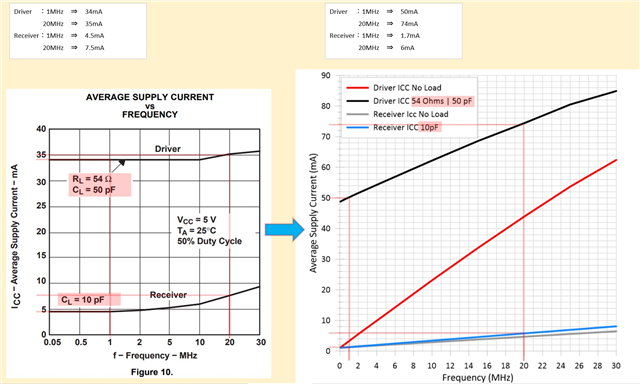Hi team,
My customer would like to check the PCN# 20230112001.1 details.
In the previous datasheet before the PCN, the thermal information was not shown.
Is the thermal table on new datasheet applicable to the SN65LBC180A shipped before the PCN as well?
Best regards,
Kazuki Itoh


